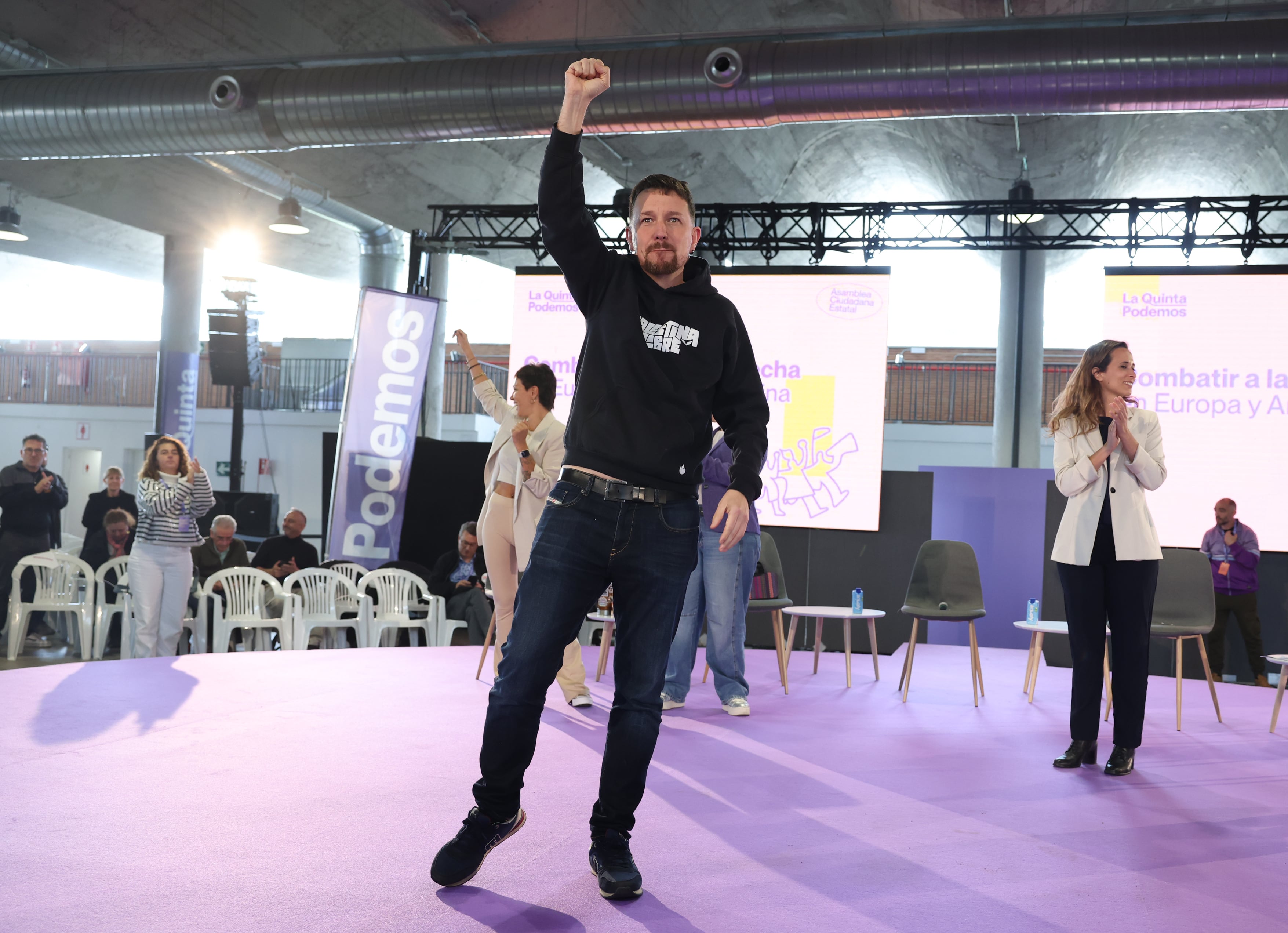Myopia increasing but new therapies work: effective in over six out of ten cases

At the 80th Congress of the SIP, a focus on how the pathology is changing and on news on prevention and care with the indications for parents
An increasingly « short -sighted » society. It is not a figurative image, but a concrete forecast: If you do not intervene by 2050, half of children and young people could be myopian. Already today the myopia It concerns 36% of children between 5 and 19 years old, with a 50% increase in the last 30 years. And nOn it is more only a small visual defect, but a pathological condition that always begins before, worsens more quickly and puts the health of the eyes at risk since childhood. Al Congress of the Italian Society of Pediatrics (SIP), held in Naples, the experts launch the alarm. « Romantic myopia » is now a memory of the past. Once associated with the image of the scholar absorbed in the books, Today myopia is a pathological condition that can seriously compromise the structure ofeye.
Structural alterations
«If once the age of myopia’s onset was around 12-13 years old, today it starts much earlier and progresses faster. The early onset leads to a greater elongation of the eyeball and predisposes to complications such as the Retina detachmentthe cataract early and the glaucoma« , explains Paolo Nuccifull professor of ophthalmology at the University of Milan and President of the Italian Society of Pediatric Ophthalmology and Strabismo (Siops). In other words, the myopian eye is no longer just an eye that sees badly from afar, but an eye that changes structure, stretches, thinks and becomes more fragile. In fact, we speak more and more often about A real « pathological phenotype », that is, an eye that, due to myopia, develops structural alterations.
Too many hours indoors, too many screens
Modern lifestyles are among the main allies of myopia epidemic. Life increasingly closed, prolonged use of tablets and smartphones and the time spent reading or studying closely reduce exposure to natural light and increase the risk. On the contrary, the time spent in the open air is a powerful protective factor. « Outdoor activity is the best ally of prevention: children have to spend more time away from the screens and with the free gaze to range – warns Nucci -. The outdoor time, in fact, helps to contrast the extension of the eyeball thanks also to the stimulation of the production of dopaminea substance that protects the eye from short -sightedness».
Conscious use of technology
«The Italian Society of Pediatric for some time has been drawing attention to the risks related to sedentary lifestyle and theimproper use of digital devices in pediatric age. The increase in myopia is part of this scenario as a further alarm signal: It is not just a matter of visual health, but a spy of a lifestyle that puts the global development of children at risk. Prevention also passes from here: promoting movement, open -air game and conscious use of technology is today an educational and health priority, « he declares Rino Agostiniani, president of the Italian Society of Pediatrics.
Identify the risk before myopia arises
An important novelty that emerged in the last 3 years concerns the so-called « pre-miopes »: children who are not yet clinically short -sighted, but have a lower hypermetropy than that considered physiological for their ageand therefore they are at risk of developing myopia. Some studies conducted in Asia reveal a surprisingly high prevalence already in preschool: In Taiwan, 52% of 5-6 years old children are part of this category; In Shanghai, the figure reaches 21.9% in children between 3 and 6 years old. Identifying them early is essential to implement effective preventive strategies.
The new therapeutic strategies
Today research makes innovative tools available to slow down the progression of myopia.
• Atropine very low dosage (0.01%-0.05%): a drug therapy that, while maintaining the side effects minimal (such as pupillary dilation or the difficulty of focusing up close), manages to significantly slow down the advance of the defect.
• lenses in defocus: optical devices designed to change the way the light focuses on the peripheral retina, reducing the stimulus to the lengthening of the eye.
Evaluate the effectiveness on pre-miopes
«The therapies available today work in over 6 out of 10 children, and some studies show that, If combined, they come to an effectiveness of 70% – explains Nucci -. We know that atropine acts through complex biochemical mechanisms, while the lenses in Defocus modify the way in which the eye receives visual stimuli. The combination of the two strategies seems to have a synergistic effect. The new challenge is to evaluate its effectiveness also on pre-miopes, to prevent the appearance of the actual myopia. Scientific studies are underway on this and we will have more consolidated results shortly. At the moment it is important to wait in particular these children ».
The indications for parents
In the meantime, there are some simple indications that families should keep in mind:
• Promote daily exposure to sunlight.
• Promote game and outdoor physical activityreducing the time spent on electronic devices.
• Avoid using smartphones and tablets before 6 years.
• carry out early eye visits: The first check is recommended around three years and, subsequently, at the beginning of primary school.
• pay attention to alarm signals How to get too close to the screens or books, squeeze your eyes, difficulty seeing from afar.








